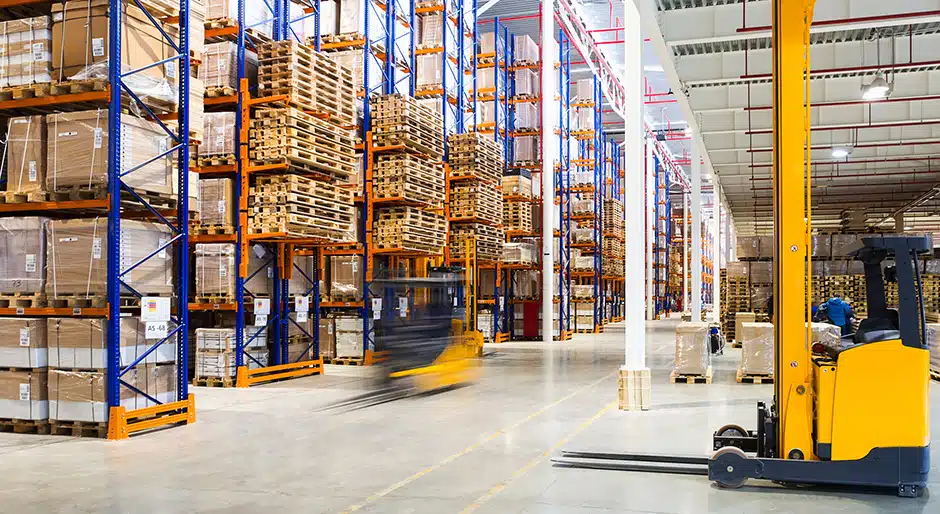Industrial sector the only one to show year-over-year volume increase in 2017
Industrial was the lone U.S. property sector to show a year-over-year transaction volume increase in 2017, growing 23.3 percent to nearly $60 billion, according to JLL’s H2 2017 U.S. Investment Outlook.
Volumes were down across the office, retail, multifamily and hotels sectors. While a drop off in large trades was a driving factor to decreased volumes in 2017, interest in U.S. commercial from investors domestic and abroad remains strong, and the proportion of off-shore capital holds steady.
Last year was the second biggest year on record for industrial transaction volumes, trailing only 2015, growing 25 percent over 2016. The sector saw average vacancy reach new lows below 3 percent and average rents reach news highs at $5.49 per-square-foot. The continued expansion of e-commerce users has been a leading factor in robust fundamentals.
While single-asset deals reigned in 2017, registering a record $33.7 billion (56.9 percent of transaction activity), portfolio activity grew to $25.5 billion for the year. That portfolio activity looks to grow in 2018, with more than $5.5 billion in large-scale industrial deals already under contract for the year, and another $7 billion coming to market early in the year.
However, the U.S. economy remained fundamentally sound heading into 2018, notwithstanding recent stock market volatility, and overall, the national commercial real estate transaction volumes softened by 9 percent in 2017 as investors pulled back from big-ticket single-asset transactions in gateway markets.
“The softening of transaction volumes has largely been expected as the redeployment of capital remains a key area of concern for investors underwriting acquisitions at current pricing,” said Jonathan Geanakos, president, JLL Capital Markets, Americas. “The market is showing extraordinary discipline, which is a sign of a rational underwriting environment. This is resulting in more thematic investment and the emergence of creative, less-conventional activities and structures.”
The full report can be found here.

